“Sleep tight, don’t let the bed bugs bite” is a folksy little rhyme we tell our children, but recently it is an increasingly real worry. Since 1995, bed bug infestations have been on the rise, possibly due to pesticide resistance. We may all know that rhyme, but it unfortunately doesn’t tell us what to do if the bed bugs do start biting. Here are some things you need to know about the unpopular pest.
1. Bed bug saliva has anesthetic properties so that when they feed their victim doesn’t feel their bite.
2. Bed bugs are smart. They know to hide during the day and can tell when you’re sleeping by the carbon dioxide you emit.
3. At one point in the 1940s, bed bugs were almost eradicated in the developed world.
4. Bed bugs are “hitch hikers.” They depend on catching a ride with a host so that they can spread to other areas.
5. Bed bugs can’t climb smooth surfaces such as glass and plastic.
6. Bed bugs can be as small as one stitch in a mattress.
7. Bed bugs are very resistant to cold temperatures, but not so much the heat.
8. Bed bug eggs are nearly impossible to vacuum up because they are coated with a sticky glue like substance.
9. Some bed bug bites are very noticeable but some can’t be detected at all.
10. New York city employs dogs that can detect whether a room is infested with bed bugs.
11. If you have bed bugs, make sure you wash all of your clothes in a hot wash.
12. Bed bugs can live without feeding for months at a time.
13. Bed bugs poop and this may stain the mattress. This is often the first indication of bed bugs that victims see.
14. Bed bugs shed their skin, which is pale and thin.
So there you have it. Bed bugs are the worst, but they can be taken care of if you know what to do. Apologies if you’re reading this in bed right now. Sleep tight, don’t let the bed bugs bite.
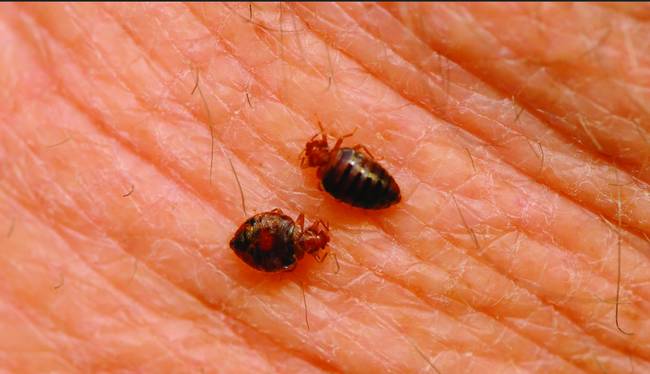 share
share
 share
share
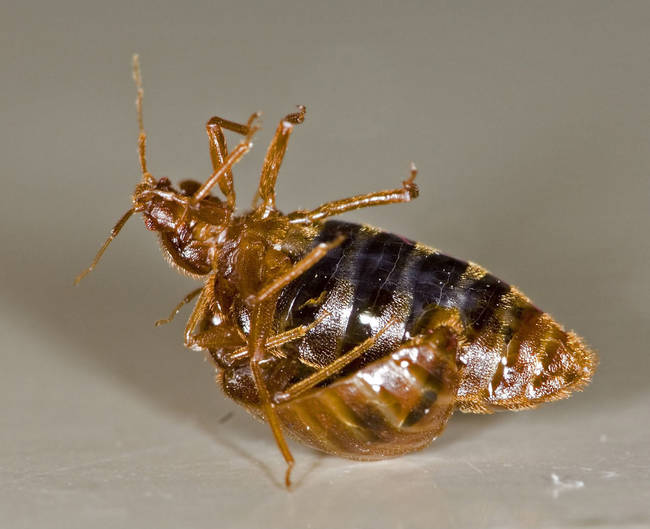 share
share
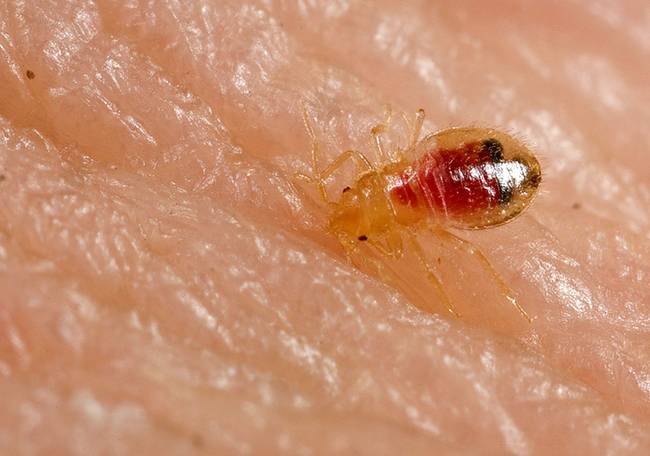 share
share
 share
share
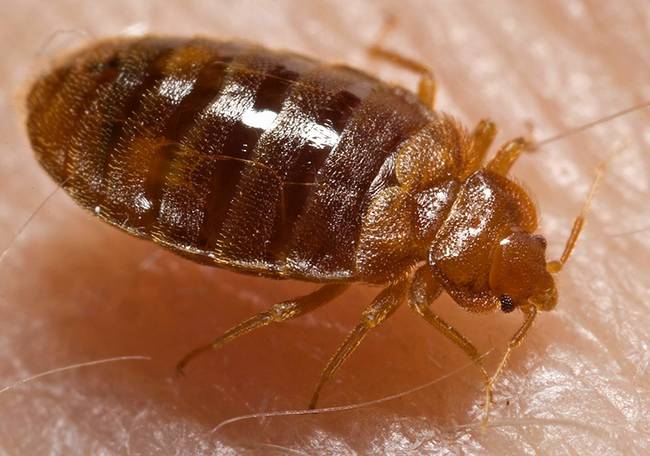 share
share
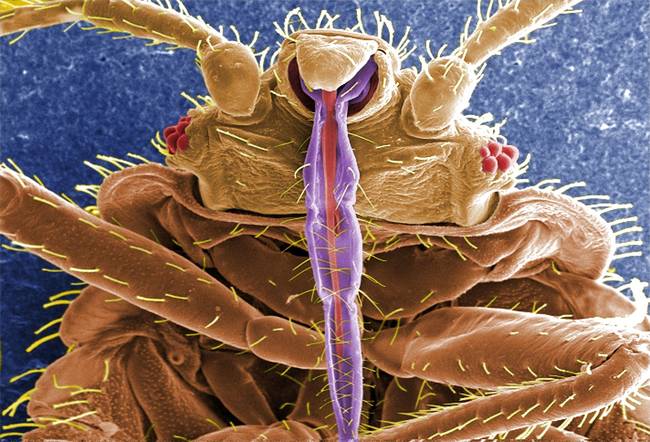 share
share
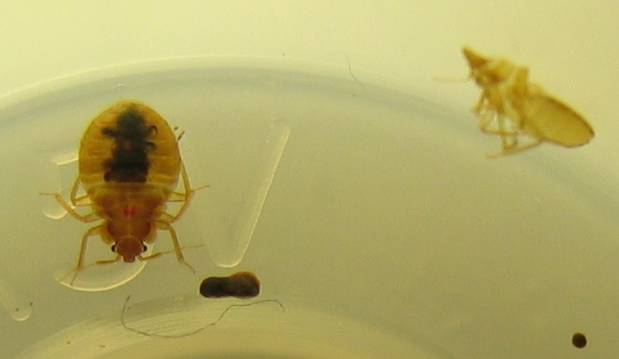 share
share
 share
share
 share
share
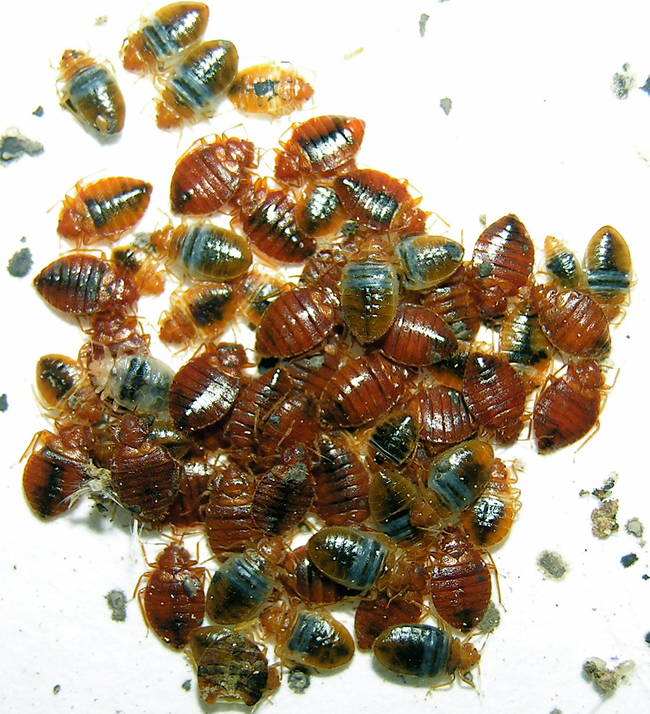 share
share
 share
share
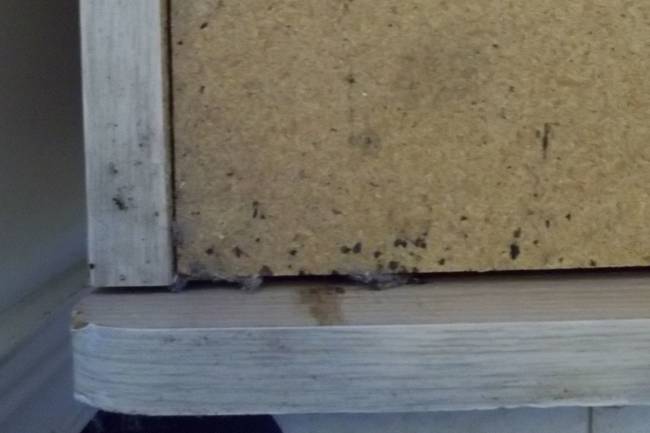 share
share
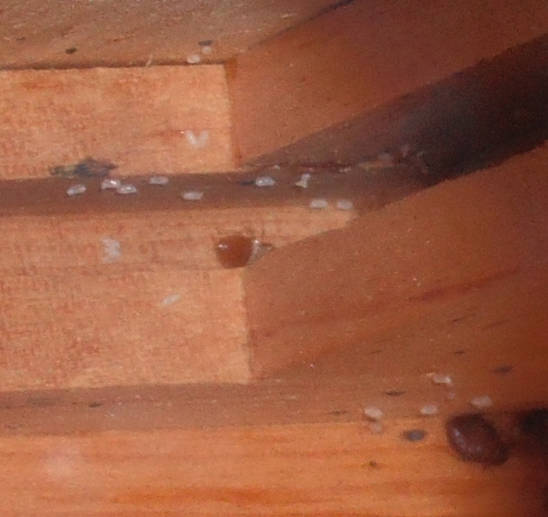 share
share



